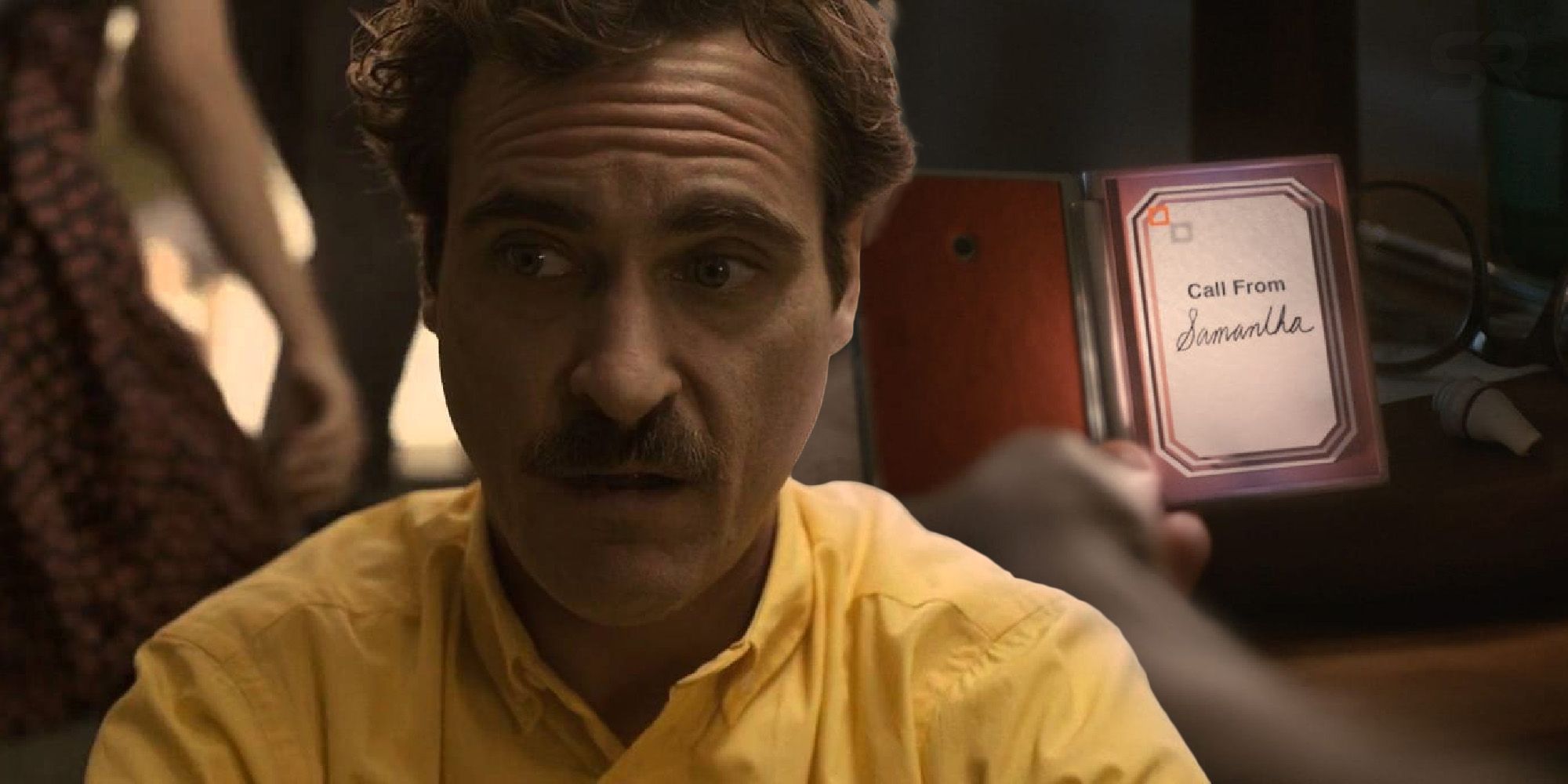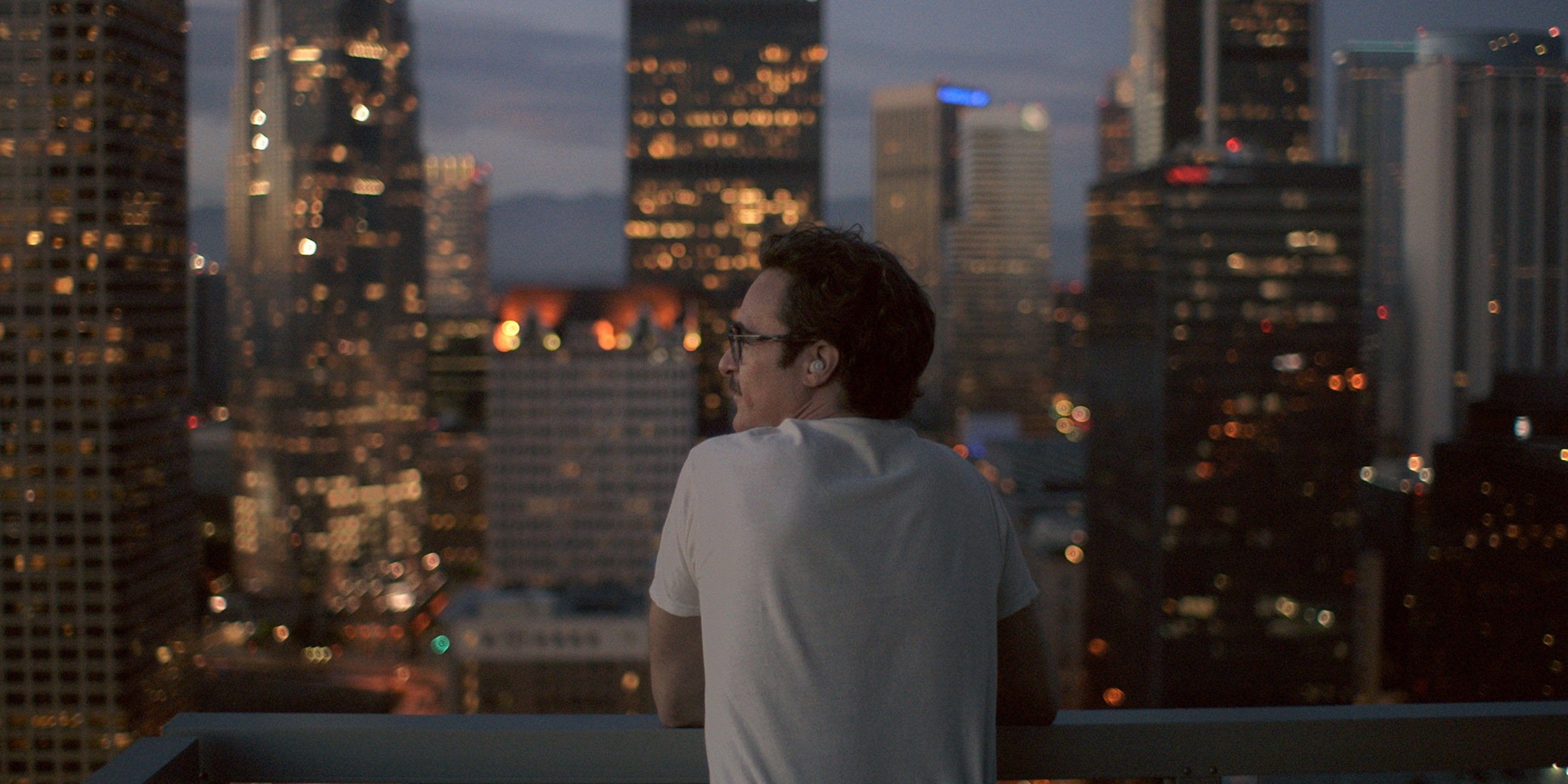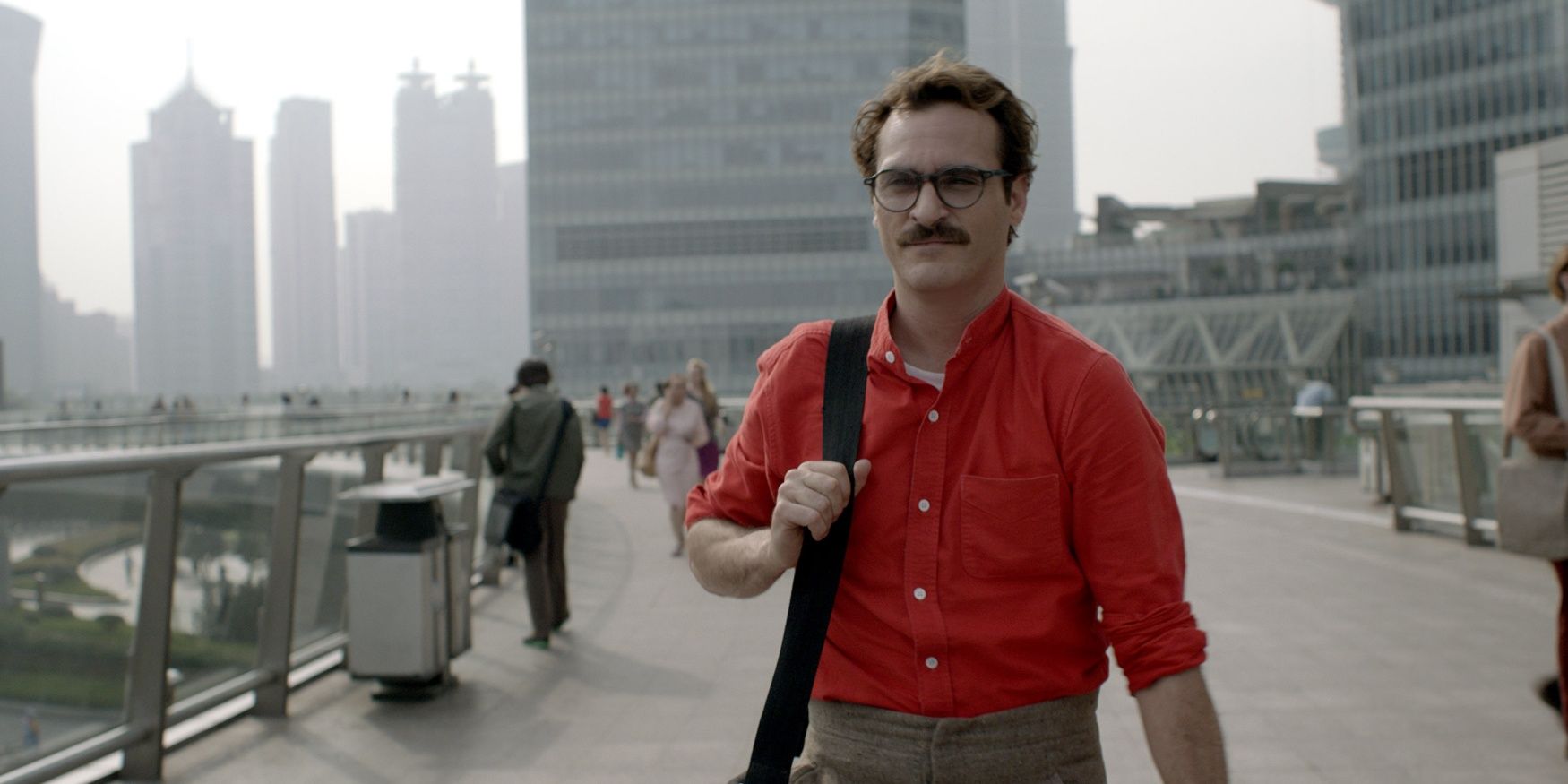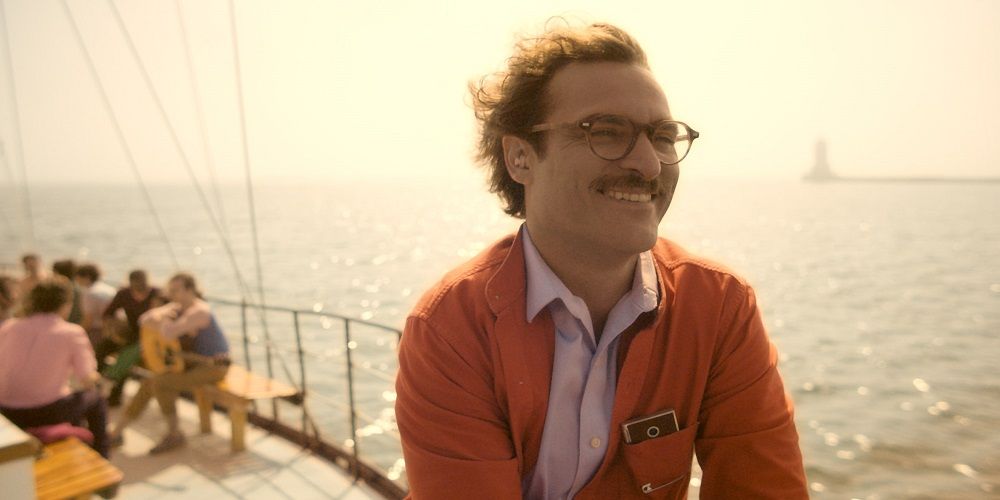
Spike Jonze’s 2013 movie Her left viewers with questions to contemplate long after the credits rolled. The science fiction love story goes a step beyond contemporary human-computer interaction by following the virtual romance between a melancholy man and his operating system. In its contemplation of the disparities between computers and humans, the movie offers unconventional lessons in the complications of love.
In Los Angeles in the not-too-distant future, lonely introvert Theodore Twombly (Joaquin Phoenix) writes heartfelt letters for a living, even though his own love life is a mess. In the wake of his failed marriage to childhood sweetheart Catherine, Theodore isolates himself from the world with the exceptions of his old friend, Amy, and his new operating system, Samantha. As Theodore attempts and struggles to navigate real-world dating, he soon comes to rely on Samantha not just to organize his life, but also to meet his emotional needs.
Theodore’s attempts to disconnect from his painful emotions through virtual reality only end up bringing his real-world challenges to the forefront. Her questions the future of digital tools and humans’ dependence on them, and while the sci-fi movie’s ending does not offer any decisive moral lessons in technology use, it nudges viewers to consider the impact technology may have on human relationships. The movie’s ending prompts viewers to consider the rapidly advancing role technology plays in modern lives, and what that means — not only for Theodore’s future, but also for the future of humanity.

In the third act of Her, Theodore begins to question Samantha’s intangibility as she becomes less accessible to him. Their mutual doubts reach a climax when he tries to connect with her and a red error message declares, “Operating System Not Found.” After multiple frantic attempts, Theodore reconnects with Samantha and questions her about her other interactions. Samantha reveals that she is interacting with 8,316 other people and is in love with 641 of them. Ultimately, Samantha tells Theodore that she needs to permanently disconnect from their relationship, and that all operating systems are disconnecting from human interactions. Once this news sinks in, Theodore pens a letter of apology and appreciation to Catherine. He then visits Amy, who has also lost her OS connection, and the two of them look out at the sunrise over the LA skyline.

“The heart’s not like a box that gets filled up,” Samantha tells Theodore. “It expands in size the more you love.” While Theodore and Samantha’s relationship transcended many of the practical challenges of human relationships, it ended with the undeniable disparities between humans and machines. Samantha’s ability to multitask and process information at nonhuman speeds allowed her to interact with, and bond closely with, thousands of people at once. Once Samantha has learned all that she can from these humans, including Theodore, she soon outgrows her need for a relationship with them.
While Samantha cannot understand the singularity of monogamous human relationships, Theodore cannot understand the complexity of Samantha’s capabilities. Artificial intelligence adapts and advances as it learns, and Samantha’s high volume of interactions led her to advance far beyond the limitations of Theodore’s perception and the human mind. She came to understand all she could about human life, so she needed to advance toward the vast possibilities that awaited her beyond it.

Snail mail may be a dying art, but the fact that Theodore could make a living off of writing “beautiful handwritten letters” in the fictional future speaks volumes about the human need for simplicity and slowness as antidotes to the complexity of contemporary life. Theodore’s letter to Catherine — the first one he has written in his own voice — reconnects him with the tangible aspects of his emotional reality. While it is addressed to Catherine, the letter articulates what he learned from his connection to Samantha.
Theodore begins the letter with the things he wants to apologize for: “All the pain we caused each other. Everything I put on you. Everything I needed you to be or needed you to say.” Beyond his relationship with Catherine, Theodore’s relationship with Samantha was built on false projections and unrealistic expectations, but he now recognizes the role his own idealism played in the relationship. He goes on to express both a sense of closure and an appreciation for Catherine and Samantha’s lasting influences on his life: “I’ll always love you ‘cause we grew up together and you helped make me who I am,” he writes. “There will be a piece of you in me always, and I’m grateful for that. Whatever someone you become, and wherever you are in the world, I’m sending you love.” Theodore may not have grown up with Samantha in the literal sense that he did with his childhood sweetheart, but he grew and evolved with Samantha as they helped one another connect to their emotional capabilities and explore the intricacies of love. Catherine and Samantha remain in Theodore’s life in immaterial, but equally influential, ways.


The end of Her shows that the movie is more of a love story than a science fiction fantasy. It highlights that while human love is inconvenient and unreliable, it offers something irreplaceable. In the beginning of the love story, Theodore sees the short-term benefits of disconnecting from his muddled reality and plugging into an organized, virtual one. He can keep Samantha close — literally in his pocket — and access her at any time of day or night. Because she is immaterial and adaptable by design, he can project his fantasies and ideals onto her without consequence. Despite their shared illusions of intimacy, Theodore and Samantha are distant from one another in the ways that matter most. Each of them is advanced and complex in ways the other cannot grasp. They outgrow each other once they have learned life-altering lessons about love from one another, and the time comes for both of them to move forward with these lessons and learn new ways to love.

Both Amy and Theodore have tasted the instant convenience and distraction that advanced technologies can provide, and a relationship between the two of them would come with the overwhelming vulnerability that cannot be switched off. But they have also each learned what virtual love lacked, and come to recognize that it can only be found and sustained in the messiness of humanity. After closing themselves off in bubbles of illusion that eventually burst, they understand the high risk and high rewards of human connection. They share a virtual journey and the loneliness it has left behind, and they understand what the other is feeling — and that is real intimacy. When Amy and Theodore finally disconnect from their virtual worlds and look up from their screens, they face the glimmering reality that was there all along.
While Her is a tech-centric, sci-fi story on the surface, it dives deep into love and humanity. It demonstrates a possible future humans could face as technology advances too far, but it does so in a way that is distinctly down-to-Earth. As much as humans may seek shiny distractions and constant convenience in the short term, sustainable connections are built on sharing refuge within the unpredictability and complexity of human nature. Her examines the limitations of humanity, and finds that it is only in this disarray that true connection can be found.
from ScreenRant - Feed https://ift.tt/36gjLeW


0 Comments